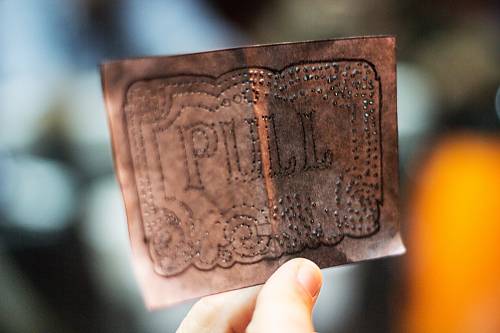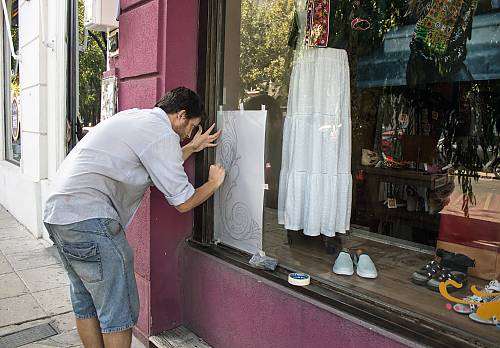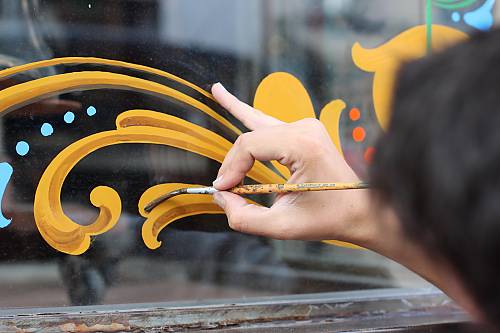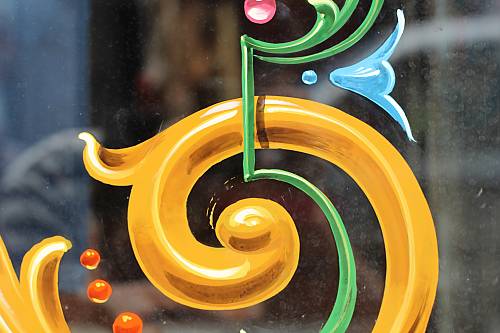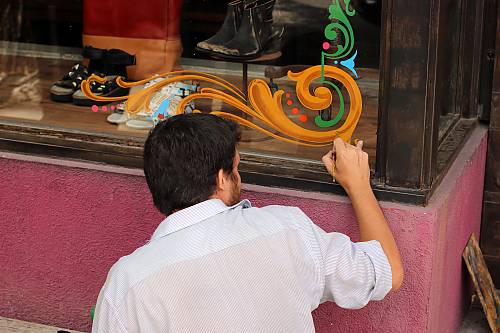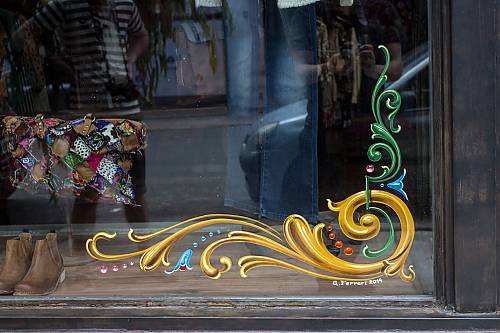Filete porteño in Buenos Aires, a traditional painting technique
Inscribed in 2015 (10.COM) on the Representative List of the Intangible Cultural Heritage of Humanity
Filete porteño from Buenos Aires is a traditional painting technique used for ornamental design that combines brilliant colours with specific lettering styles. It can be seen as a form of decoration on urban buses and trucks and is also used for store signage and increasingly, home decoration. Images used relate back to the city’s heritage incorporating social and religious elements, acting as a form of collective memory. Popular designs include icons representing saints, admired politicians, music and sports idols. Sayings and proverbs are sometimes also incorporated in the designs. The technique begins with a drawing, which is then transferred to a support. Synthetic paint, coloured varnish and special longhaired brushes are then used to complete the work. Filete craftsmen transmit this technique to anyone who wants to learn it. Formal education is not required to develop the skills needed, which represents an opportunity for some young people in the community who are at risk of social exclusion. In the last few decades, a new generation of craftswomen have participated in Filete workshops and the practice in general, producing a new aesthetic for the artform.



